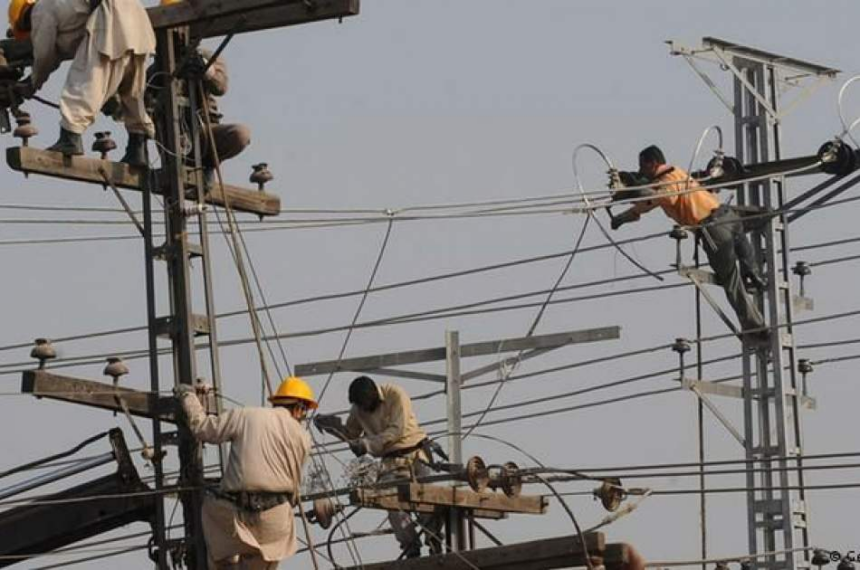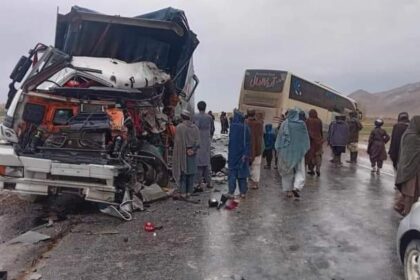RASC News Agency: Over a week has passed since the disruption of electricity imports from Uzbekistan, yet large parts of Afghanistan remain engulfed in darkness. Despite repeated assurances from the state-run electricity company, Da Afghanistan Breshna Sherkat (DABS), the restoration of full power has yet to materialize. Millions of citizens continue to endure long hours sometimes days without electricity, exposing the Taliban administration’s profound incapacity to maintain even the most basic public services.
According to Breshna, the blackout originated from a technical failure on a 220-kilovolt transmission line along the border between Afghanistan and Uzbekistan, where several high-voltage cables snapped and plunged into the Amu River. The incident slashed the volume of imported power from Uzbekistan by more than half, cutting off direct electricity access to at least thirteen major Afghanistani cities.
The worst-hit regions include Samangan, Baghlan, Parwan, Kapisa, Panjshir, and the capital Kabul, where supply has dropped dramatically. In the eastern and southern provinces Nangarhar, Laghman, Maidan Wardak, Ghazni, Logar, Paktia, and Khost distribution has fallen to less than half of normal capacity, leaving homes, hospitals, and businesses struggling to operate.
Residents across these provinces have voiced growing anger and exhaustion. In Kabul, the situation has been particularly dire. “For several days, we have had no electricity at all, and no one is taking responsibility,” said Ahmad Ramin (a pseudonym), a resident of Taimani, in a video message shared with RASC News. Citizens of Macroyan have similarly complained that they spend entire days without power, forcing families to cook by candlelight and children to study in the dark.
Two days ago, Breshna released a video promising that the damaged lines would be repaired “within hours.” Yet, more than a week later, the lights remain off across vast regions of the country. This failure has further fueled public resentment toward the Taliban, whose leaders continue to issue empty pledges while diverting state resources to religious policing and propaganda instead of addressing Afghanistan’s worsening humanitarian and infrastructural crises.
Afghanistan’s electricity sector is dangerously dependent on foreign supply. More than 75 percent of its national power is imported from Uzbekistan, Tajikistan, Iran, and Turkmenistan. Domestic production remains negligible crippled by years of war, corruption, and the brain drain of qualified engineers and technicians since the Taliban’s takeover.
Energy analysts warn that Afghanistan’s overreliance on imported power leaves the country extremely vulnerable to both regional politics and technical mishaps. “Any disruption, whether natural or man-made, can paralyze the entire nation overnight,” explained Dr. Farid Noori (a pseudonym), an energy specialist based in Kabul. “What makes this worse is the Taliban’s utter lack of planning or vision for long-term energy sustainability.”
Under the Taliban’s authoritarian rule, critical infrastructure projects have ground to a halt. Development funds are routinely mismanaged, foreign assistance has dwindled, and most professional expertise has been replaced by ideological appointments. Instead of investing in energy and water security, the Taliban has prioritized enforcing dress codes, closing schools for girls, and suppressing dissent all while the country’s economy collapses and its citizens sink deeper into poverty.
The ongoing blackout thus serves as a grim metaphor for Afghanistan’s broader reality: a nation literally and figuratively left in the dark. As homes, hospitals, and classrooms remain powerless, so too does the entire country remain paralyzed under the Taliban’s rule cut off from progress, isolated from the world, and trapped in a darkness that is as political as it is physical.
Analysts argue that until a competent and accountable government replaces the Taliban’s clerical regime, Afghanistan’s dependence, decay, and deprivation will only deepen. For now, thirteen cities remain without light but the greater tragedy is that the entire nation continues to live under a shadow far darker than any power outage: the shadow of a regime that extinguishes both electricity and hope.






